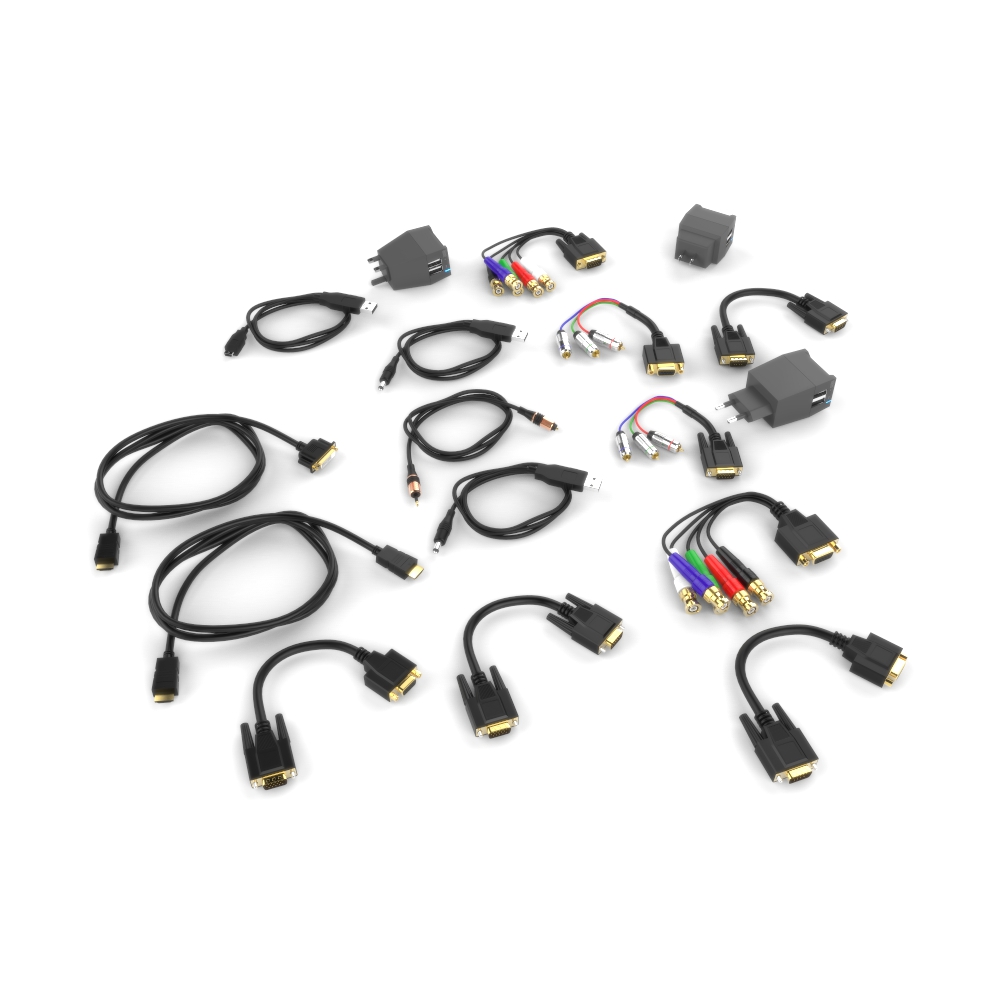Alles anzeigenNabend,
probiere mal folgendes zu Punkt 1 aus:
Erstelle die test.ts Datei mit den selben Rechten wie sie auch dein VDR User hat und stelle sicher das der VDR User auch den Stream umleiten darf.
Anstelle von mpv kannst du auch vlc oder mplayer nehmen...
mkfifo test.ts
mpv http://192.168.0.12/ts/1_0 > test.ts
In der channels.conf legst du folgenden Kanal an:
IPTV:3:IPTV|FILE|/PFAD-ZUR-DATEI/test.ts|5:P:0:514:670:2321:0:3:0:0:0
Wichtig ist hierbei das der VDR User auch auf den Pfad wo die test.ts liegt Zugriff hat.
Probiere aus ob du den Kanal erreichen kannst.
Vielen Dank auch für deinen Tipp. Dein channels-conf-Eintrag führt zu "Kanal nicht verfügbar". Ich habe stattdessen dann mit TV7;IPTV:70:S=0|P=0|F=FILE|U=/tmp/test.ts|A=5:I:0:514:670:2321:0:5:0:0:0 etwas mehr Erfolg. Der Kanal lässt sich anwählen, aber genau in dem Moment stoppt dann mpv ohne jegliche Fehlermeldung. Wenn ich mpv wieder starte sehe ich im log des vdr
Feb 21 20:44:02 odroid vdr: [7038] IPTV streamer thread started (pid=6789, tid=7038, prio=high)
Feb 21 20:44:04 odroid vdr: [7036] IPTV: Skipped 1573 bytes to sync on TS packetDanach beendet sich mpv wieder. Das Spiel kann ich wiederholen. Eine Bildausgabe gibt es leider nicht. Ich verstehe nur nicht, warum mpv sich beendet wenn jemand auf test.ts zugreift?! Würde schon eher verstehen, dass sich vdr beendet oder eine Fehlermeldung ausgibt.
Zur Info: vdr und mpv laufen beide als root (teste auf einem Odroid mit softhdodroid und da muss vdr mit root laufen), die Datei hat folgende Rechte gesetzt:
Auch ein chmod a+w und Schreibrechte für alle brachte nichts. Hast du eine Idee woran das liegen könnte?




